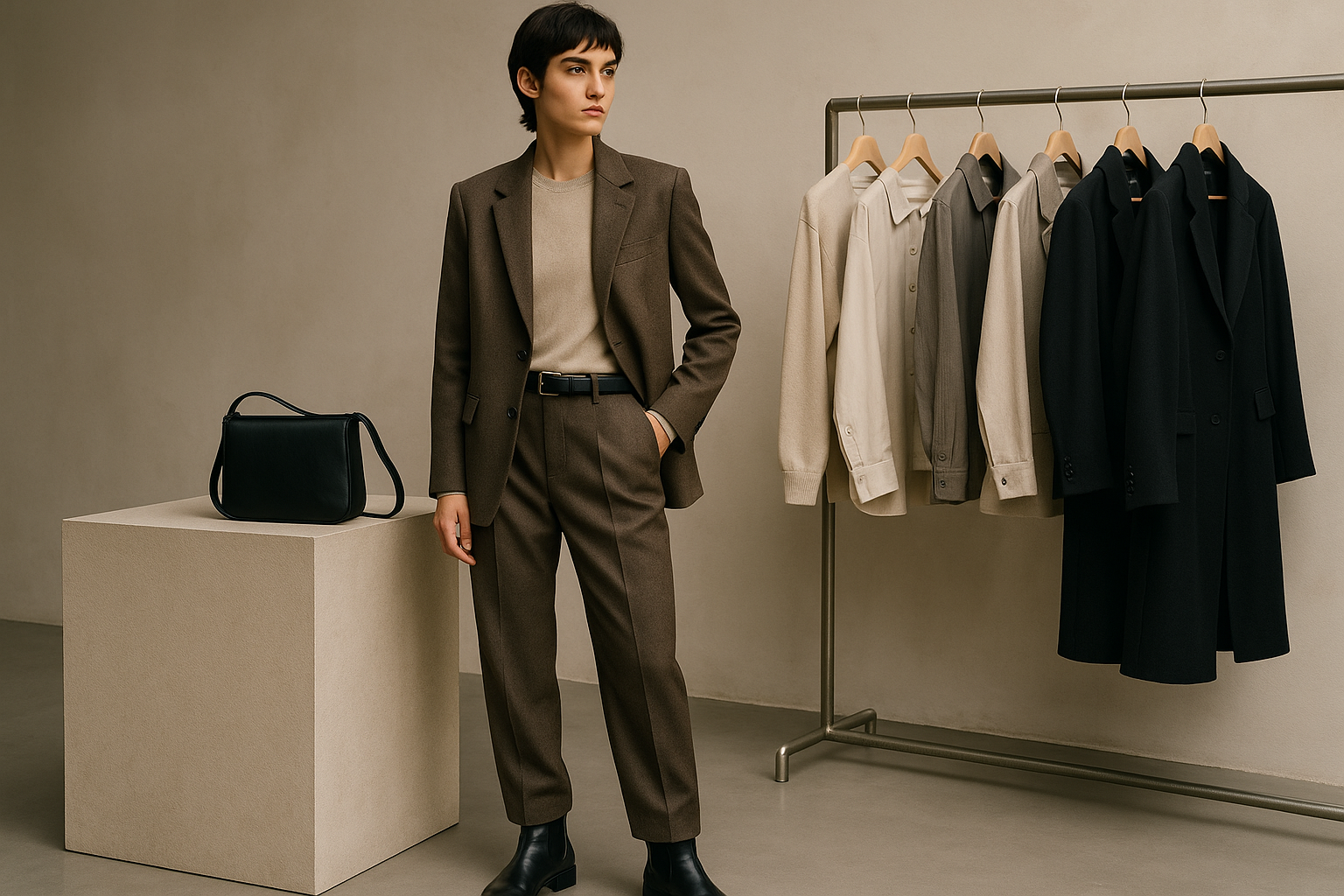Formal Clothes: Guide to Suits, Dresses, Ties, and Business Attire
Formal clothes convey respect for an event, workplace, or cultural expectation, and they can also reflect personal style when chosen thoughtfully. This article explains what formal garments include, how to assess fit and fabric, and how to combine suits, dresses, ties, and business attire to meet different occasions. The guidance is practical and neutral, aimed at helping readers worldwide make informed wardrobe choices.

What defines formal clothes?
Formal clothes are garments associated with structured events or professional settings: tailored suits, formal dresses, and coordinated accessories. Key characteristics include clean lines, higher-quality materials like wool or silk blends, precise construction, and conservative color palettes. Formal clothing often follows dress codes—black tie, business formal, or cocktail—and understanding those terms helps you match expectations without overstating personal style.
How to choose suits for fit and occasion
A suit’s fit is the most important factor in its formality. Look for a shoulder seam that aligns with your own shoulder, minimal pull across the chest, and trousers that break cleanly over the shoes. Fabric weight and weave influence seasonality: lightweight wool or wool blends suit warmer months, while flannel and heavier wools suit cooler weather. Single-breasted jackets remain versatile; double-breasted options lean more formal. Consider neutral colors—navy, charcoal, and black—for workplace and formal events, and reserve pattern or lighter shades for less formal or creative settings.
Selecting dresses for formal settings
Formal dresses range from knee-length sheath dresses appropriate for business events to floor-length gowns for evening functions. Fabric choice affects formality: structured fabrics like crepe or silk lend a polished look, while jersey or cotton knits are less formal. Neckline and sleeve length should align with the occasion; modest cuts are safer for professional environments, while evening events allow for more expressive silhouettes. Tailoring is crucial—an inexpensive dress can appear far more formal when it fits well. Pay attention to hem length and overall proportions to ensure they suit both your body and the event.
Choosing ties and accessories
Ties, pocket squares, belts, shoes, and jewelry complete formal outfits. For ties, silk is a traditional formal choice; choose a width proportional to your lapel and a knot that complements the collar. Solid, tonal patterns or subtle stripes maintain formality; loud novelty patterns can undermine it. Shoes should be well-maintained—oxfords or derbies in black or dark brown work for most formal looks. Minimal, high-quality accessories such as a leather belt, classic watch, or simple stud earrings help create a cohesive appearance without distracting from the overall outfit.
Understanding business attire expectations
Business attire covers a spectrum from business formal—suits, ties, and conservative dresses—to business casual, which allows chinos, blazers, and more relaxed dresses. Company culture, industry norms, and geographic location influence what is appropriate; financial and legal sectors often favor more conservative business attire, while creative industries may accept bolder looks. When uncertain, observe colleagues, consult HR guidelines, or opt for slightly more formal choices when attending meetings or client interactions. Grooming, garment condition, and subtle color coordination contribute as much to perceived professionalism as the cut of clothing.
Conclusion
Formal clothes are a blend of fit, fabric, and context. Investing time in understanding dress codes, prioritizing proper fit and maintenance, and selecting accessories that support rather than distract will ensure outfits meet the expectations of formal events and professional environments. Thoughtful choices make formal attire functional and comfortable while allowing room for personal expression within appropriate boundaries.






